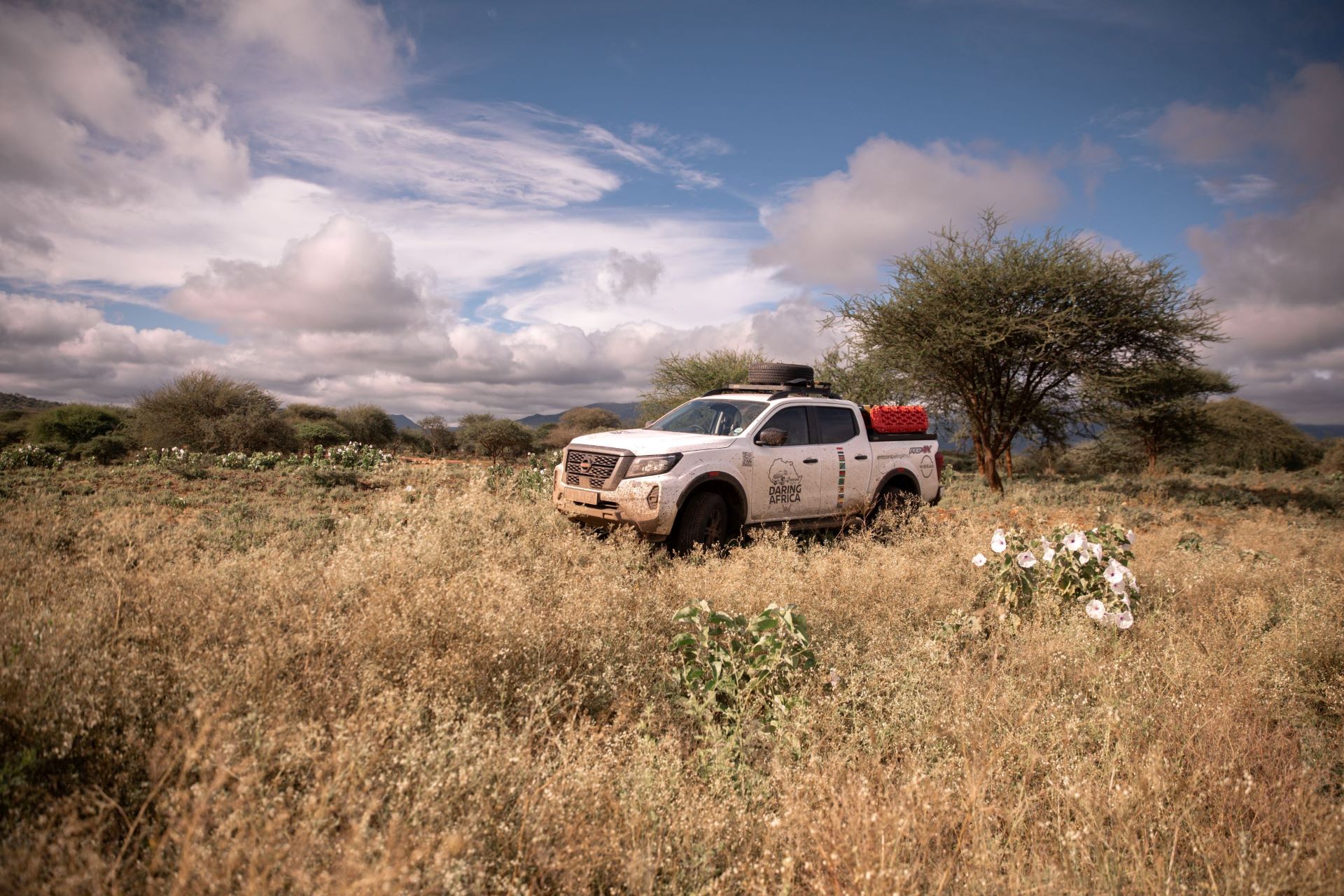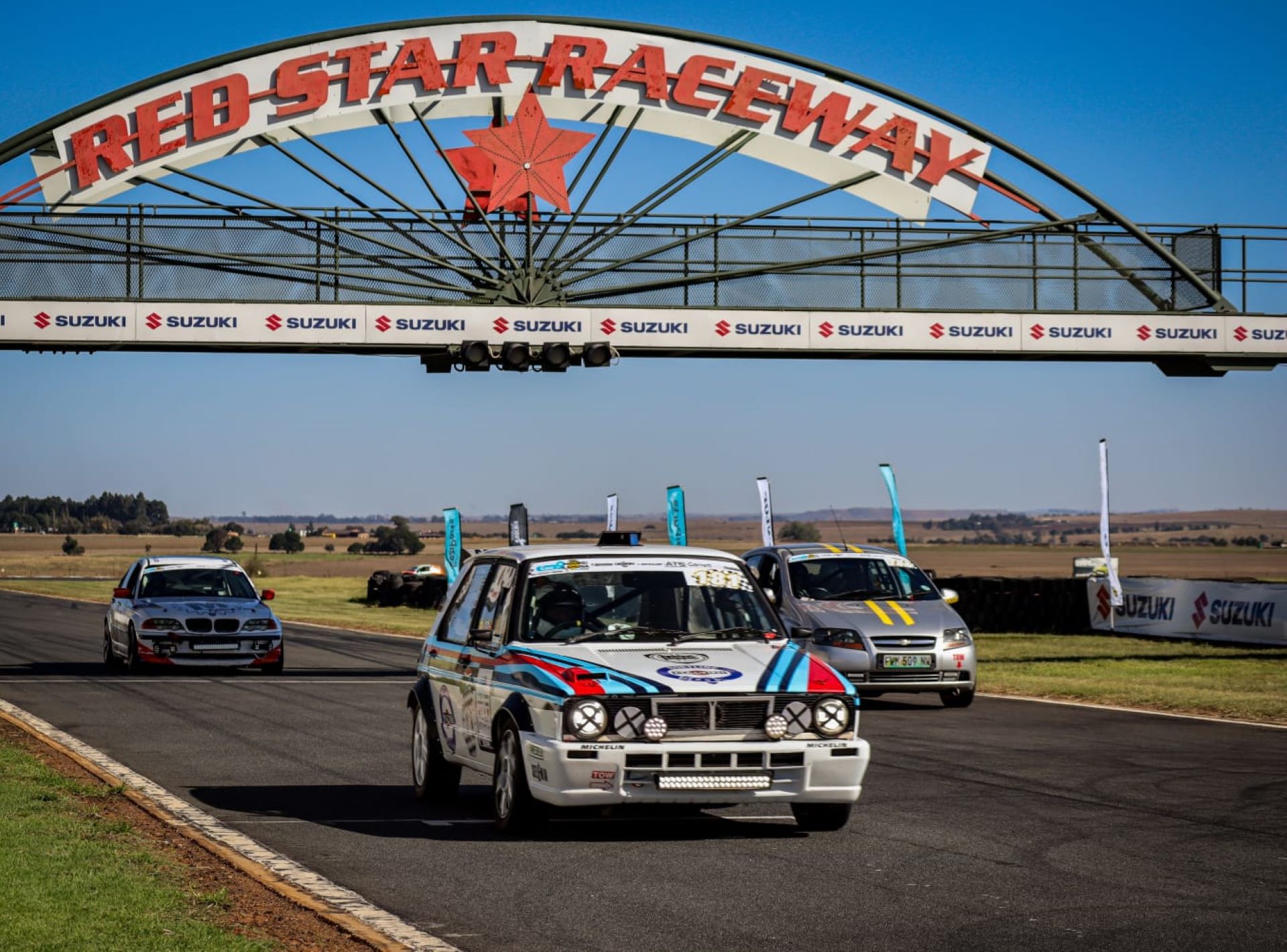Saab
General Motors South Africa markets a range of eight models in the Saab 9-3 line-up that offers a choice of Sedan, SportCombi (5-door wagon), and Convertible body styles. These models compete in the premium mid-size market segment.

Engines are latest generation turbocharged and intercooled all-aluminium units with a choice of diesel or petrol and four power outputs of 110 kW, 129 kW, 154 kW and 184 kW. This last output delivered by a 2,8 litre V6 powerplant with twin-scroll turbocharger as specified for the top-of-the-range Aero models.
For 2008 General Motors took advantage of the new Saab 9-3 introduction to add a station wagon variant – the SportCombi – to the Saab range. This came as welcome news to family buyers who favour a station wagon configuration but have few options to choose from in South Africa unless they opt for an SUV type vehicle. Offered as the 9-3 SportCombi 2.0 Linear, this model features a high-end luxury specification and is fitted with a 2,0 litre turbocharged petrol engine that produces 129 kW @ 5500 r/min with maximum torque of 265 Nm @ 2500 r/min. This is matched to a 5-speed automatic transmission.
In concept the Saab 9-3 Sport Sedan, SportCombi and Convertible flagship of the range focus on delivering a unique fun-to-drive experience that places them amongst the class leaders when it comes to performance and chassis dynamics. All feature a full suite of electronic driver aids and advanced chassis electronics together with a host of top-end convenience and comfort features that raise the level of driver satisfaction and involvement. A four-link independent suspension layout and Saab’s ‘ReAxs’ passive rear wheel steer system are two features amongst many that provide for excellent driving dynamics.
Chassis electronic systems include a Saab tuned ‘user friendly’ Electronic Stability Programme (ESP), Electronic Brake force Distribution (EBD), Cornering Brake Control (CBC), and Traction Control System (TCS).
The ReAxs system overcomes the ‘crabbing’ effect often experienced when cornering, helping the tail of the car follow the direction of the front wheels, rather than the direction of the nose. When cornering, the elasto-kinematics at the rear axle induce a very slight deflection of both rear wheels in the opposite direction to the steering input, that is toe-out for the outer wheel and toe-in for the inner wheel. This ensures improved balance, more positive turn-in and a better response to steering inputs. Steering feel and precision is improved by the low mounting position of the steering rack which features progressive power assistance and fast response.
An important part of the Saab heritage revolves around designing cars that are aesthetically pleasing but also focused on providing a high level of driving satisfaction. To this end the design team applied the design principle of ‘from the driver outward’ for the Saab 9-3.
Aspects of this philosophy of driver focus include:
-
A cockpit feel – the main instrument panel arcs around the driver and has a logical layout for superb ergonomics. The steering wheel adjusts for both reach and tilt.
-
Profiler customisation – a wide range of functions can be pre-set according to personal preference, including auto climate control.
-
ComSense functionality – minimises the potential for driver distraction through ‘dynamic workload management’.
-
Dual-zone automatic climate control – fitted as standard for driver and passenger comfort.
The Saab 9-3 range offers a refined luxury driving experience togther with the unique heritage associated with this famous Swedish automotive brand.


